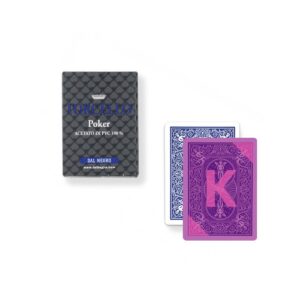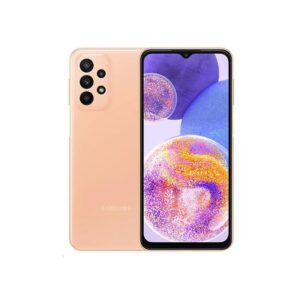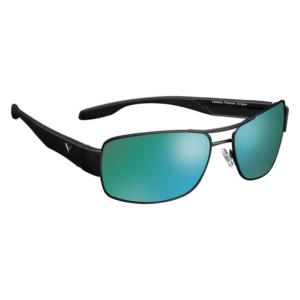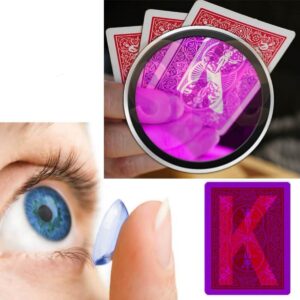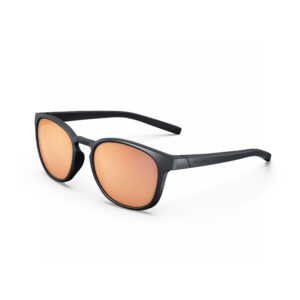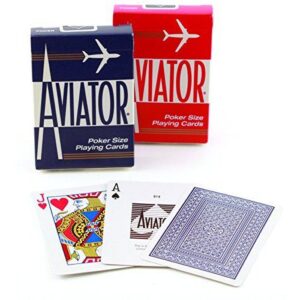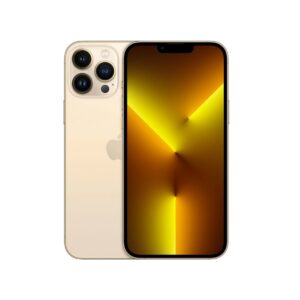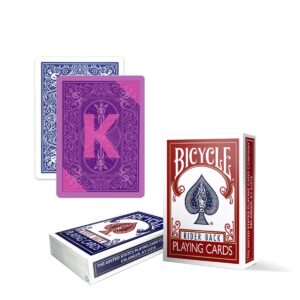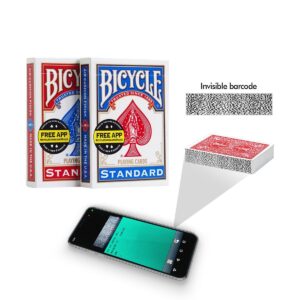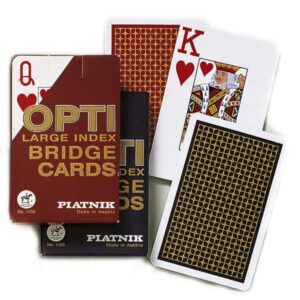Originile marcajului cu carduri
Marcarea cărților este o practică îndelungată care implică modificarea subtilă a cărților de joc în moduri care rămân ascunse de adversari, dar ușor de recunoscut de către cei familiarizați cu marcajele. În mod tradițional, aceasta a inclus tehnici precum îndoirea, ondularea sau crearea unor mici protuberanțe tactile numite „blister”, similare ca senzație cu Braille. Aceste metode timpurii au fost eficiente la acea vreme, dar au avut o arie de aplicare limitată, mai ales când spatele cărților era simplu.

Evoluție cu designul cărților de joc
Pe măsură ce cărțile de joc au evoluat pentru a prezenta modele complexe pe verso, trișorii s-au adaptat folosind diverse cerneluri, pigmenți și abrazivi pentru a modifica aceste modele. Prin adăugarea sau eliminarea liniilor, ajustarea umbrelor sau nuanțarea anumitor detalii, trișorii au creat sisteme de semne care erau practic invizibile pentru ochiul neantrenat, dar care dezvăluiau informații vitale despre cărți. Aceste semne puteau indica culoarea, valoarea sau poziția în pachet.
Contramăsuri la cazinou
Cazinourile sunt foarte conștiente de aceste tactici și iau măsuri active pentru a preveni exploatarea. De exemplu, deseori modifică sau deteriorează pachetele de cărți folosite înainte de a le vinde sau arunca. Practicile obișnuite includ perforarea centrului fiecărei cărți sau tăierea ușoară a marginilor. Aceste modificări împiedică jucătorii să introducă cărți modificate înapoi în jocurile live.
Avantaj strategic cu cărți marcate
Cărțile marcate pot fi eficiente chiar și atunci când dealerul sau amestecarea este aleatorie. În scheme mai complexe, trișorii combină cărțile marcate cu tehnici de prestidigitație sau de direcționare a poziției, permițându-le să direcționeze rezultatul mâinilor în favoarea lor. Un element cheie este că aceste cărți marcate trebuie doar modificate subtil; uneori, marcarea doar a așilor sau a cărților de mare valoare este suficientă pentru a înclina șansele.
Tehnici clasice de marcare
- Din punct de vedere istoric, tehnici precum blocarea, decuparea, nuanțarea și umbrirea au fost utilizate pe scară largă.
- Blocarea implică colorarea unor părți ale designului folosind cerneală care se potrivește cu fundalul cardului.
- Metodele de decupare folosesc lamele de ras pentru a răzui elementele imprimate, adăugând subtil forme noi, cum ar fi păsări albe sau modele.
Nuanțarea folosește cerneală ușor colorată pentru a spăla zone mici ale designului - cum ar fi modificarea aripii unui înger sau a unei petale de floare - pentru a indica rangul sau culoarea cărții.
Aceste metode necesită adesea o inspecție atentă și practică pentru a fi citite eficient.
Tehnici avansate de sucuri și aplicare cu stropire
O altă tehnică tradițională este utilizarea marcajului cu suc de cărți – o metodă care implică soluții speciale ce modifică subtil nuanța spatelui cărții. Aceste marcaje pot fi citite de la o distanță normală de vizualizare de către cineva antrenat să observe diferențele, cu sau fără lentile filtrate. Variante precum praful de suc și mânjirea cărților oferă posibilitatea de a marca cărțile în timpul jocului.
- Daub este o pastă aplicată discret în timpul unui joc.
- Praful de suc poate marca atât cărțile de plastic, cât și pe cele de hârtie fără a le estompa finisajul, oferind trișorului control în timp real, fără a fi nevoie să introducă un pachet de cărți marcat în prealabil.
Detectarea cărților tradiționale marcate
Pentru a detecta cărțile marcate, profesioniștii folosesc adesea teste precum testul de împușcare - cunoscut și sub numele de „mergerea la cinema” - în care cărțile sunt răsfoite rapid în timp ce se observă verso-ul. Orice mișcare sau inconsecvență în model poate sugera o urmă.
Testele de reflexie cu ajutorul luminii pot dezvălui, de asemenea, cerneală care estompează finisajul sau zgârieturi fizice lăsate de tehnicile de decupare. Soluțiile de marcare mai ieftine ard adesea suprafața cardului, făcându-l detectabil la lumină sau cu teste de alcool.
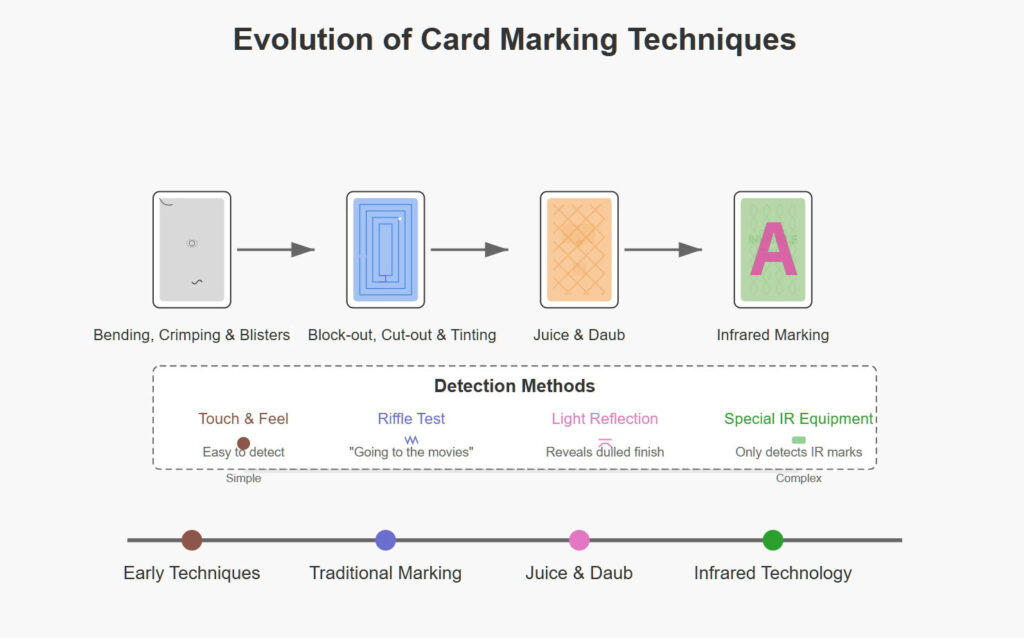
Ascensiunea cărților marcate cu infraroșu
Cu toate acestea, tehnicile tradiționale de detectare nu se compară cu cea mai recentă descoperire: carduri marcate cu infraroșuAceste cărți de joc de ultimă generație sunt marcate cu cerneală invizibilă, vizibilă doar prin lentile de contact cu infraroșu sau prin ochelari de poker speciali. Cu ochiul liber, cărțile par complet neatinse - fără zgârieturi, fără nuanțare și fără mată. Spre deosebire de cărțile marcate cu cerneală, care se bazează pe nuanțe subtile vizibile prin antrenament, marcajele cu infraroșu sunt complet invizibile fără instrumentele optice adecvate.
Tehnologie invizibilă, avantaj vizibil
Această inovație a revoluționat modul în care profesioniștii și trișorii abordează marcarea cărților de joc. Nu numai că marcajele sunt nedetectabile prin metodele standard, dar utilizarea tehnologiei portabile, cum ar fi lentilele cu infraroșu, permite citirea discretă a cărților de joc chiar și de la distanță. Aceasta marchează o evoluție semnificativă de la tehnicile de marcare fizice și manuale către o metodă complet optică, invizibilă, de a obține avantaje.
Concluzie: O nouă eră în cărțile marcate
În epoca modernă, sofisticarea tehnologiei cărților marcate - în special odată cu dezvoltarea sistemelor cu infraroșu - reprezintă o trecere de la înșelăciunea tactilă la ascunderea optică. Nu mai este vorba doar despre cerneală sau lame de ras, ci despre îmbinarea științei cu strategia pentru a rămâne cu un pas înaintea detectării tradiționale. Pe măsură ce această tehnologie invizibilă continuă să evolueze, la fel se întâmplă și cu lumea cărților marcate și metodele utilizate pentru a controla rezultatele în jocurile cu mize mari.
Întrebări frecvente:
Ce sunt cărțile marcate și cum funcționează?
Cărțile marcate sunt cărți de joc care au fost subtil modificate - prin cerneluri, zgârieturi sau tehnologie invizibilă - pentru a le dezvălui valoarea sau culoarea cuiva care se pricepe. Acest lucru oferă un avantaj strategic în poker și alte jocuri de cărți.
Cum poate cineva să identifice cărțile marcate tradiționale?
Cărțile marcate tradiționale pot fi detectate folosind teste de rifle, lumină reflectată sau prin verificarea cernelii care matează finisajul. Aceste metode dezvăluie modificări precum nuanțare, blocaje sau zgârieturi.
Ce este tehnologia cardurilor marcate cu infraroșu?
Cardurile marcate cu infraroșu folosesc cerneală invizibilă, care poate fi văzută doar cu lentile de contact cu infraroșu sau ochelari speciali. Aceste marcaje sunt complet invizibile cu ochiul liber.
Sunt detectabile cărțile marcate cu infraroșu?
Nu, cardurile marcate cu infraroșu sunt invizibile pentru metodele standard de detectare. Necesită lentile specializate pentru a citi marcajele.
Cum diferă cărțile marcate cu suc de cărțile marcate cu infraroșu?
Cărțile marcate cu lichid se bazează pe umbriri subtile vizibile cu ochelari de antrenament sau cu filtru, în timp ce cărțile marcate cu infraroșu necesită lentile infraroșii și sunt complet invizibile în caz contrar.
Ce sunt tehnicile de blocare și decupare în marcarea cărților de joc?
Block-out folosește cerneală pentru a umple sau ascunde părți ale designului, în timp ce decupajul elimină zonele imprimate de pe carton. Ambele sunt metode fizice tradiționale de marcare.
Pot cazinourile detecta cărțile marcate în timpul jocurilor?
Cazinourile pot detecta unele cărți marcate folosind reflexia luminii, testele de riflă sau verificări ale calității finisajelor, dar nu pot detecta cărțile marcate în infraroșu fără instrumente speciale.
De ce dau cazinourile găuri în cărțile pe care le vând?
Cazinourile modifică sau perforează cărțile folosite pentru a împiedica trișorii să folosească cărți marcate sau cunoscute în jocurile live după ce le-au cumpărat.
Ce este testul de pușcă pentru cărțile marcate?
Testul pușcăriei implică răsfoirea rapidă a cărților și observarea modelelor de pe verso. Modificările modelului indică posibile marcaje.
Este necesar să marchezi întregul pachet de cărți pentru a obține un avantaj?
Nu, chiar și marcarea doar a așilor sau a unui singur rang de mare valoare poate oferi un avantaj semnificativ în jocuri precum Texas Hold'em.
Care sunt cele mai comune metode de marcare a cărților de joc?
Metodele comune includ nuanțarea, lucrările de blocare, decuparea, marcarea cu suc și tehnicile de cerneală cu infraroșu.
Există indicii vizuale care indică faptul că o carte a fost marcată?
Pentru marcajele tradiționale, indiciile includ finisajul mat, elementele de design neuniforme sau reflexiile sub lumină. Marcajele în infraroșu nu lasă urme vizibile.
De ce este marcarea cu infraroșu considerată o descoperire importantă în trișatul cu cărțile?
Marcarea în infraroșu este nedetectabilă de ochiul uman sau de testele standard, oferind o modalitate complet invizibilă de a obține informații despre cărți în timpul jocului.



